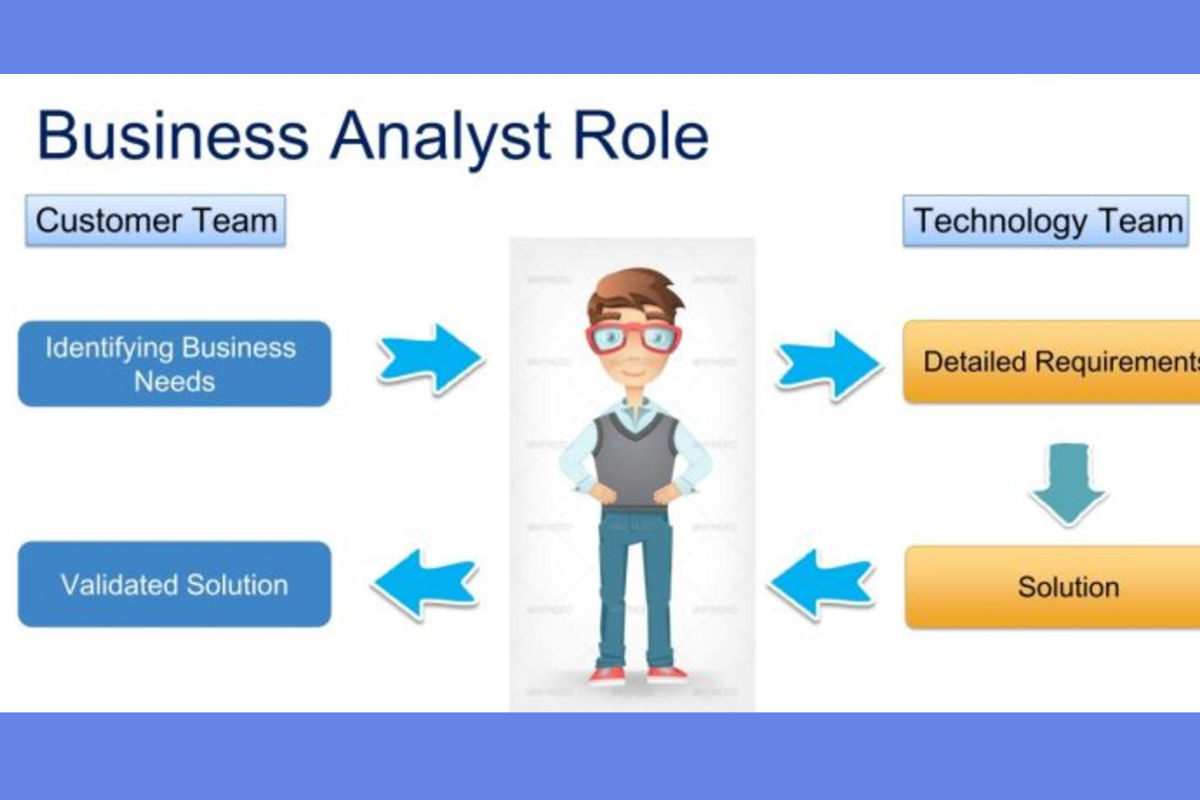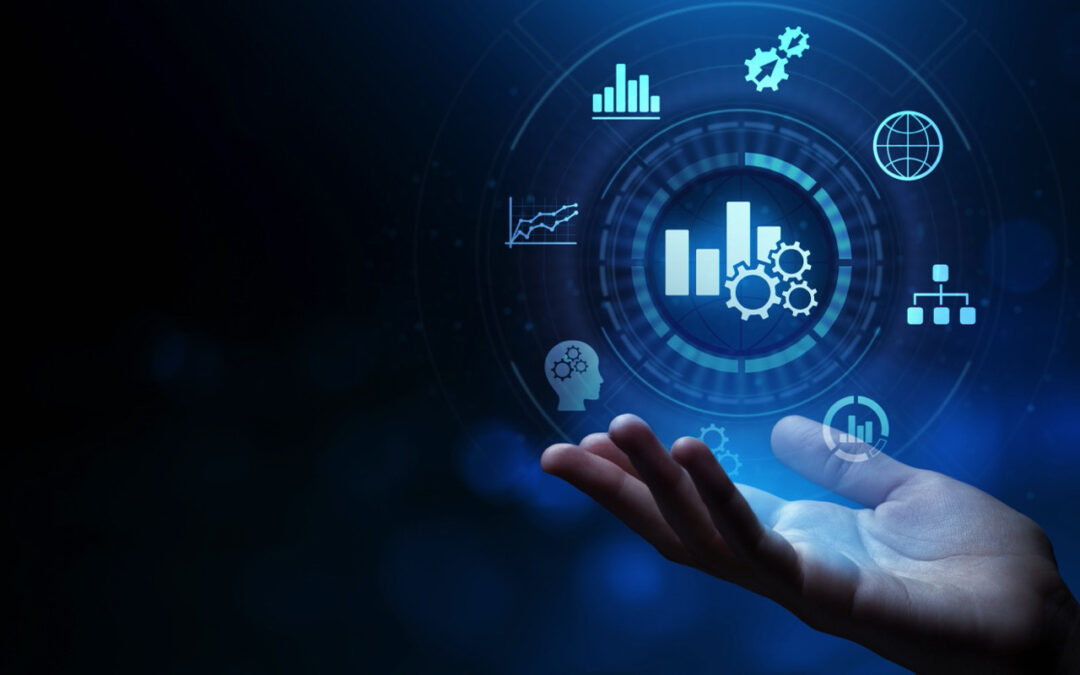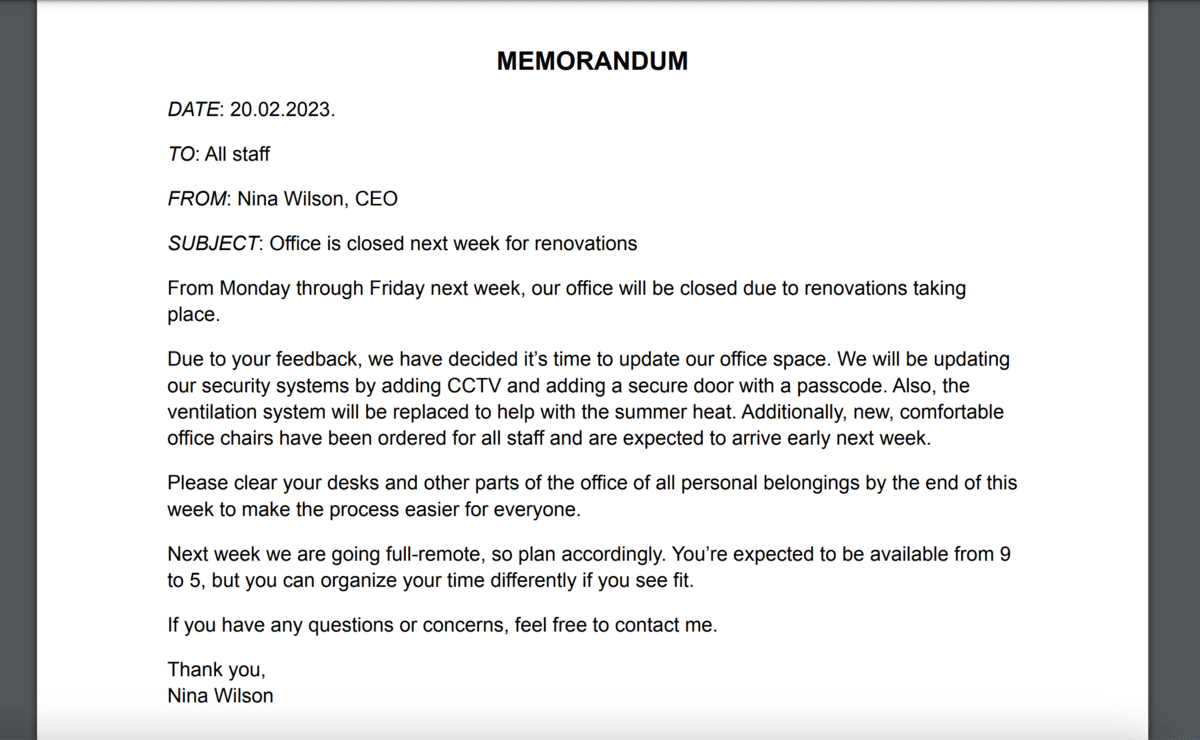What Does A Business Intelligence Data Analyst Do The business intelligence analyst role requires analytical skills IT knowledge communication abilities and problem solving expertise to drive data driven decisions
Becoming a data driven organization is a top priority for corporate executives As a result enterprise leaders continue to spend money on business intelligence tools and BI applications They also continue to invest in business intelligence analysts who use BI software to analyze data and generate insights that help inform and guide business decisions The role of the business intelligence analyst plays a pivotal part in transforming data into actionable insights that drive strategic business decisions These professionals are responsible for examining data to identify trends making sense of vast volumes of information and providing valuable insights to help organizations make informed
What Does A Business Intelligence Data Analyst Do

What Does A Business Intelligence Data Analyst Do
https://i.pinimg.com/originals/87/ee/6c/87ee6c7765499d3d0f13a47b6a8fcb6d.jpg

What Does A Data Analyst Actually Do YouTube
https://i.ytimg.com/vi/4hrkKaJJt-4/maxresdefault.jpg

SRS IT Solutions
https://srssol.com/images/Blogs/BA1.jpg
A Business Intelligence BI Analyst leads the process of converting raw data into practical insights needed for improving strategic organizational choices Through data analytics and visualization and modeling techniques Business Intelligence Analysts reveal organizational trends that enable better process modernization Key Responsibilities What Does a Business Intelligence Analyst Do A Business Intelligence analyst is responsible for Analyzing and Interpreting Data Collecting cleaning and analyzing data from various sources such as databases spreadsheets and external data providers They use statistical and analytical techniques to identify trends patterns and
A business intelligence analyst is a person who uses business intelligence tools and techniques to help businesses make wise business decisions Data gathering from many sources they collect a lot of data analysis processes from many sources These data can be patterned trends and could be insights extracted from the trend Business Intelligence Analysts vs Business Analysts Spotting the Difference Business analysts and business intelligence analysts both play important roles in making recommendations for businesses to help them grow and succeed However the key difference is that business intelligence analysts tend to work more closely with numbers and data
More picture related to What Does A Business Intelligence Data Analyst Do

Data Analyst
https://daxg39y63pxwu.cloudfront.net/images/blog/data-analyst-certifications/Skills_Required_to_become_a_Data_Analyst.png

Profitres Blog
https://i.ytimg.com/vi/ywZXpfdqg1o/maxresdefault.jpg

Todo Lo Que Necesitas Saber Del Business Intelligence Syntonize
https://www.syntonize.com/wp-content/uploads/2022/04/Business-Intelligence-and-Analytics-1080x675.jpeg
To promote business success business intelligence analysts must enhance operational effectiveness see potential for expansion and offer valuable insights What Does a Business Intelligence Analyst Do Large amounts of data are gathered processed and analyzed by business intelligence analysts to assist firms in making wise business Business intelligence analyst salary and career outlook According to data compiled by the Occupational Information Network O NET employment in the field that includes business intelligence analysts is projected to grow much faster than average with 13 500 projected job openings from 2021 to 2031
[desc-10] [desc-11]

Memos Examples For Business Hot Sex Picture
https://pumble.com/blog/wp-content/uploads/2023/03/example-via-email.png

What Does A Business Analyst Intern Do
https://internships.eca.edu.au/wp-content/uploads/2022/09/[email protected]
What Does A Business Intelligence Data Analyst Do - What Does a Business Intelligence Analyst Do A Business Intelligence analyst is responsible for Analyzing and Interpreting Data Collecting cleaning and analyzing data from various sources such as databases spreadsheets and external data providers They use statistical and analytical techniques to identify trends patterns and